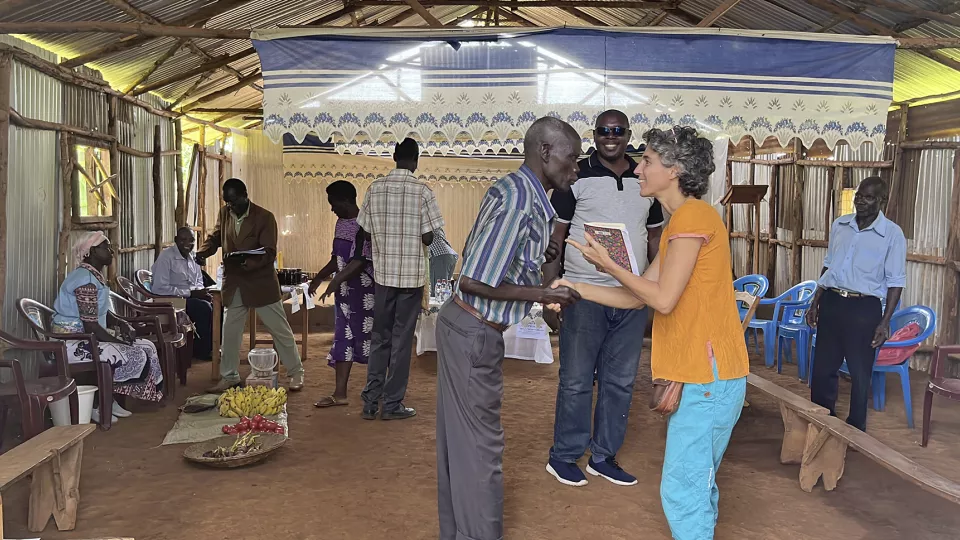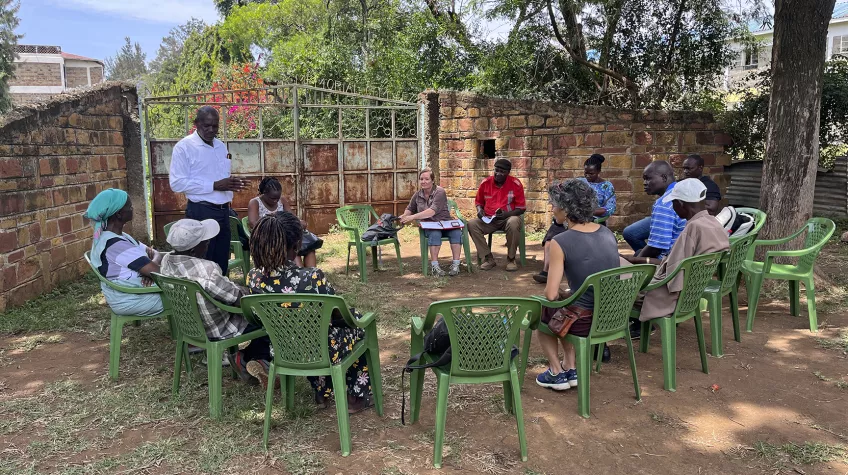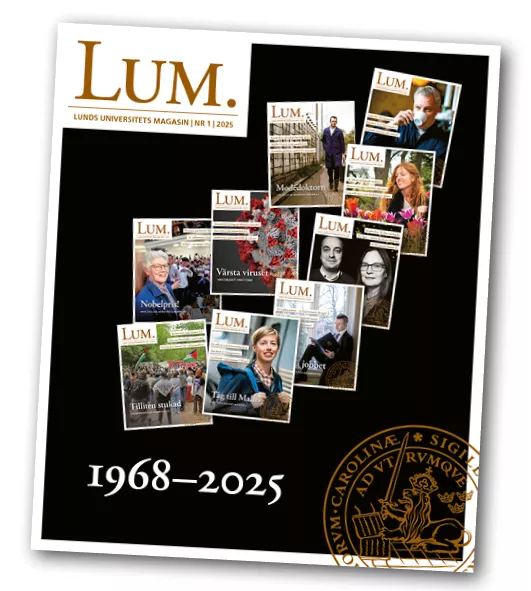Ester Barinaga, professor of entrepreneurship at the School of Economics and Management, has long studied various kinds of citizens’ initiatives, social enterprise and grass-roots innovation. She describes how she was quickly consumed by local currencies as an area of research.
Inherent contradiction
“I look at social sustainability, and in recent years I have focused on local currencies. The roots of many sustainability problems are inherent in the very design of our conventional monetary systems – everything from inequality to environmental destruction. Studying local currency initiatives is like having a mini laboratory. You can investigate how monetary systems work, and how different rules affect socio-economic dynamics, or why certain users act in certain ways,” says Ester Barinaga.
Conventional currencies have an inherent contradiction in that on the one hand, they require that individuals are prepared to spend in order to get the money to circulate and the economy to work. On the other hand, money is felt to have a value of its own, so it can be used for saving and the currency is then removed from circulation.
A project in Kenya
A national currency or a currency such as the euro may work well when the economy is growing, but in a crisis unemployment may rise significantly and the access to money then falls. Yet the need for goods and services remains, as does the expertise needed to deliver them, but they are not used. In such circumstances, a local monetary system might turn out to be the solution.
Ester Barninaga is involved in a project in Kenya in which she studies local currencies that started out in paper format and then moved into blockchain technology. Within the framework of the project, a currency was started in a shanty town in Kisumu, Kenya’s third largest city. It did not quite work, partly because it was launched during the COVID-19 pandemic, but also because the production capacity in the shanty town was not sufficiently high. Another was started in a rural area.
“Out in the countryside, it was staggering to see fields where the maize was not being harvested because the farmer did not have the money to pay day-labourers. And I saw fields lying fallow because the farmer could not afford seed. Based on this, we built a monetary system that linked the unused resources with existing needs. We designed it as a mutual credit system, in which the currency is created at the moment the buyer and seller agree a transaction,” says Ester Barinaga.
Money must circulate
This model is based on agreeing a type of payment that can also be re-used afterwards. An example might be that two people agree to buy/sell a shirt, and it might show -100 on the buyer’s account and +100 on the seller’s. At that moment, 100 monetary units have been created and the buyer and seller are quits. The buyer, however, owes those participating in the local currency 100, in the form of goods or services. The aim is not for people to save, because that means others cannot get out of their debt.
In this way, local currencies are a complement to conventional ones. They cannot usually be converted into regular money, because there is then a risk that people will start hoarding it. The point is that they are to circulate, get businesses going in a defined geographical area and satisfy consumption requirements, while the conventional currency can be used for savings.
In the Brazilian municipality of Maricá, the mayor has issued a local currency, the mumbuca. The currency is issued as a sort of citizen’s income. During the pandemic, it became clear that the city was did not experience increased poverty – the local currency kept the local economy working. Now eight cities in the Rio de Janeiro region have introduced the local currency.
Local currencies vary
How various local currencies are designed and used varies a great deal, partly because of the reasons they have come into being, but also depending on who or which stakeholders have created them. It could be a private company, a municipality, or a group of citizens.
Responding to the question, “should local currencies be introduced in all societies?” Ester ponders for a moment before replying with a resounding, “Yes!”
“Local currencies create local engagement.” People care more, they shop locally and support one another. It helps us to see ourselves as dependent on each other. They become like small laboratories for new societal forms. New relationships with others are built. They reshape us.”





